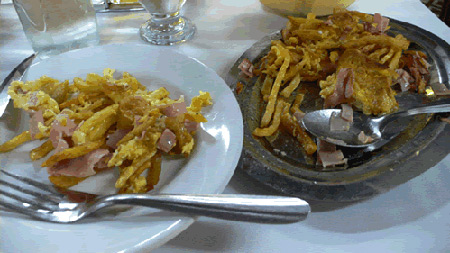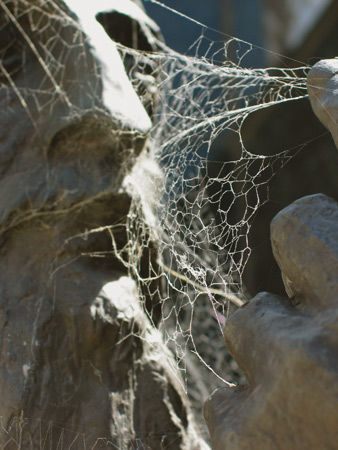
Documenting Recoleta Cemetery in Buenos Aires since 2007
Although Recoleta Cemetery doesn’t fit into the standard, macabre mold—on the contrary, it’s usually calm, relaxing & peaceful no matter how many tourists are packed inside—it’s still a cemetery. Some might believe that the spirit lives forever, but the body certainly doesn’t. Keep in mind that Recoleta Cemetery is a mix of tombs & mausoleums… enclosed structures with caskets inside. Now imagine the interior of your favorite tomb during the long, hot summers in Buenos Aires. It isn’t pretty.
Fortunately, mausoleums come equipped with ingenious & decorative types of ventilation. The most common are glass panels on the rooftop with a gap that allows air to circulate freely. But due to their fragile nature, ceiling vents are usually the first to show signs of decay. Panels fall out over time & go crashing into the interior. Hailstorms wreak havoc. But if panels are decorated or colored, they add a very special touch:
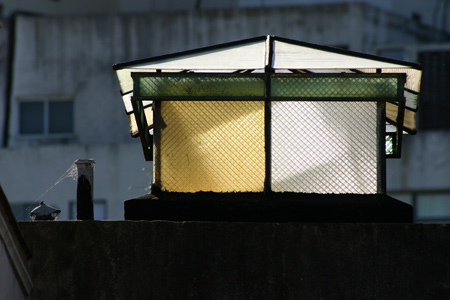
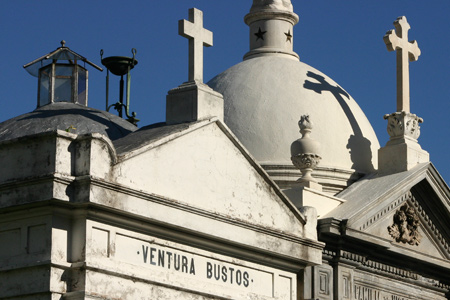
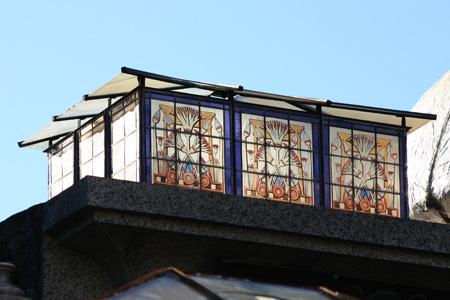
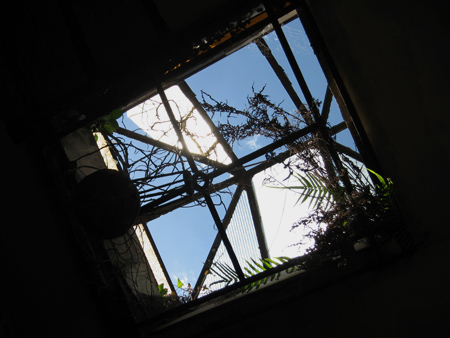
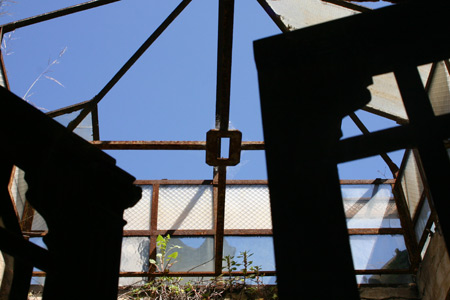
Occasionally the upper part of domes will have a subtle grill incorporated:
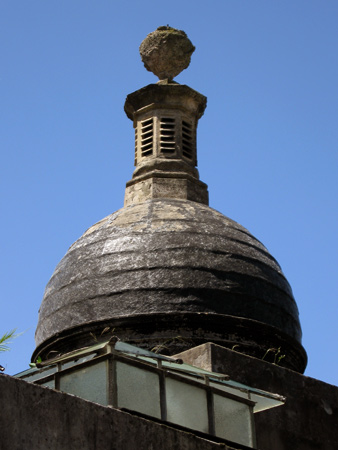
Modern options break the architectural harmony of the place, but no one seems to mind as they spin in the breeze:
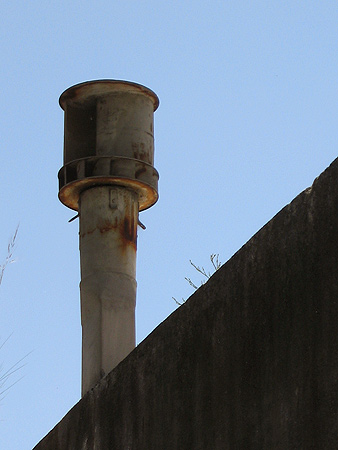
The most creative vent attaches solar cells on the exterior to power the fan inside:
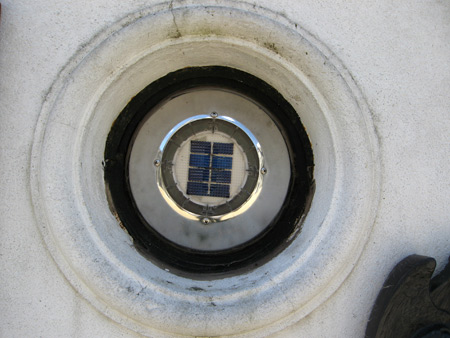
Rarely found but interesting to seek out are drawings etched in stone or concrete. This particular spot has no family name or artist’s signature, but the vault belongs to Pedro José Díaz who fought in early wars after Argentina declared independence:
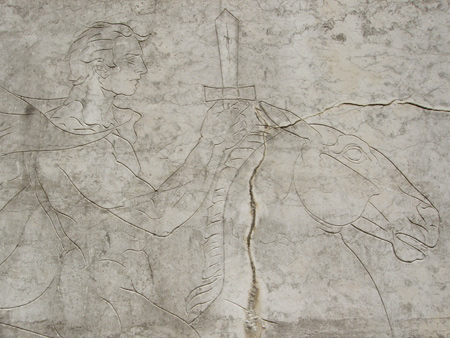
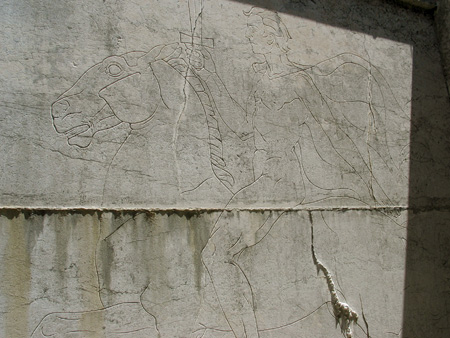
During my initial visits to Recoleta Cemetery several years ago, I remember a bust of someone in military uniform decorating this tomb. Unfortunately it has been removed, & I never took a photograph. The quality of the etching is generally very good, but the miniature swords detract from the strength of the overall image.
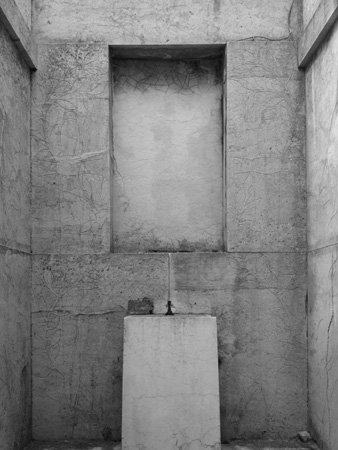
Update (24 Jan 2021): Thanks to a book by Oscar Andrés De Masi published in 2012, we can add a photo of the former bust & confirm the author of the tomb. Juan Carlos Oliva Navarro, best known for the monument to Pedro de Mendoza in Parque Lezama (San Telmo), designed this vault… & even signed the photo below:
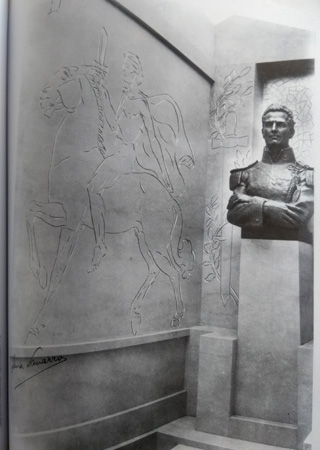
Symbolism is tricky to discuss since any number of different attributes can be assigned to a single image. Certainly Greeks used the owl as a symbol of wisdom, & it eventually came to represent the goddess Athena. According to “Stories in Stone: A Field Guide to Cemetery Symbolism & Iconography” by Douglas Keister, owls can also signify watchfulness & contemplative solitude. Common behavior of owls can be provide comfort when associated with a cemetery, assuring vigilance during a family’s darkest hour.
The first owl anyone sees as they enter Recoleta Cemetery is the large, mustard-colored one on the entrance gate. Be sure to look up:
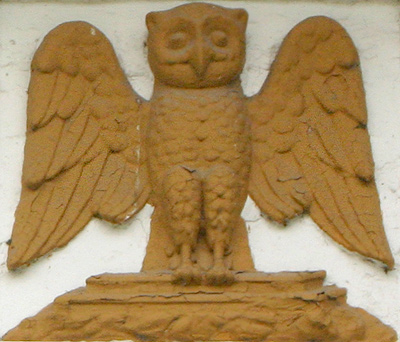
Others are less obvious & used for ornamentation:
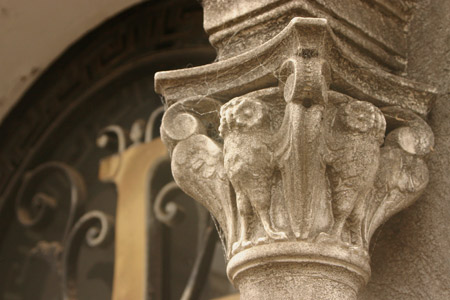
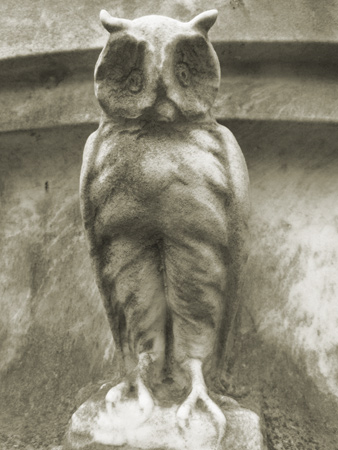
If interested, check out the tombs of Ernesto Bunge or Manuel Alcorta for more images of owls.
2 Comments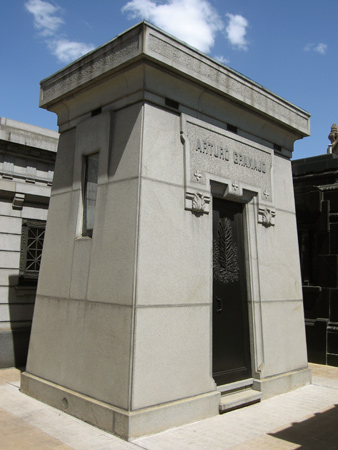
Mayors of Buenos Aires have been hand-picked by the President (pending Senate approval, much like US Supreme Court justices) for most of Argentine history. Only in 1996 did porteños obtain the right to elect their top position. Arturo Gramajo served as BA mayor from Feb 1915 to Nov 1916 under the presidency of Victorino de la Plaza. Solid & stoic, this elegant tomb stands like an island in the northern section of the cemetery.
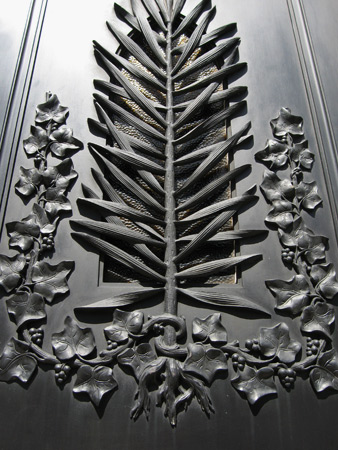
But there’s another Arturo Gramajo famous for changing the cuisine scene in Argentina. Could it be the same guy? We’ll probably never know…
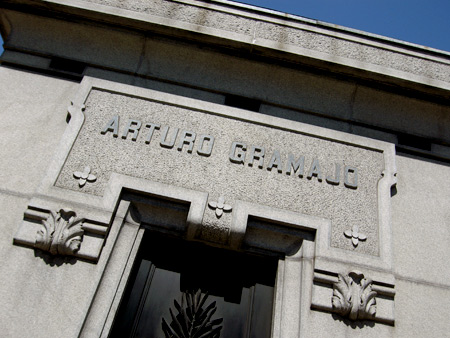
As a wealthy playboy who loved good living, Gramajo was staying at the Hotel Ritz in Paris when he got a little peckish. However, it was late & the kitchen was closed. Going with an assistant, he looked over what was lying around, threw everything in sight together & invented the revuelto Gramajo: scrambled eggs mixed with ham & French fries. The dish became popular after his return to Buenos Aires. Of course, even that story is up for debate. Some claim that Coronel Artemio Gramajo who served with General Roca decided to break the monotony of army fare & created the dish that bears his name.
Whether it was a mayor, playboy or coronel who invented the revuelto Gramajo, it’s one of the heartiest plates on traditional Argentine menus. Photo below found here:
